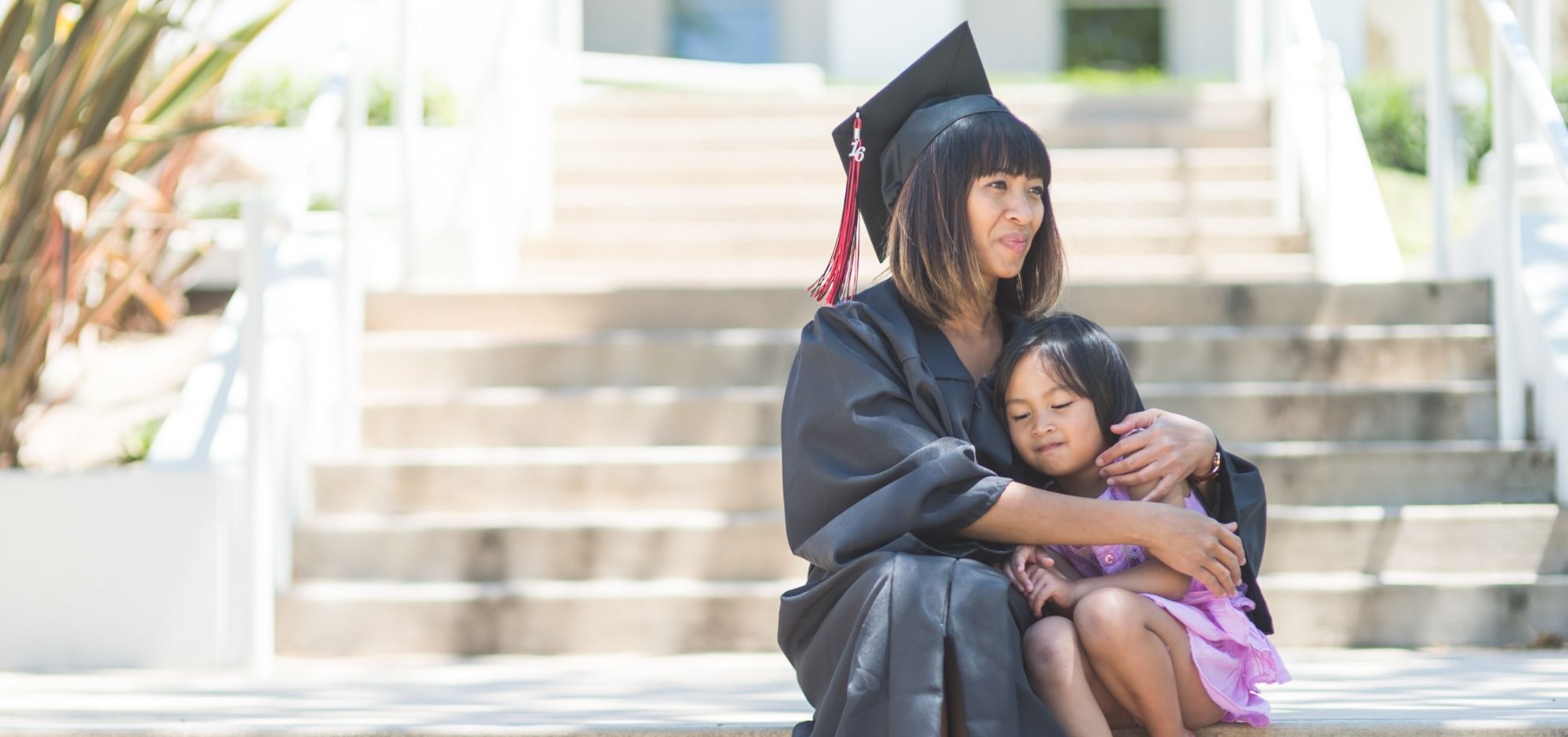
Study Takes Aim at Understanding and Improving the Educational Experience for Student-Parents
Being a student while also being a parent complicates the traditional college experience. A pair of researchers are examining how these student-parents adapt and overcome the inherent barriers and gaps they face in higher education.
More than one in five college students (22%) are parents according to analysis of National Postsecondary Student Aid Study data, with roughly 70% of those being mothers. The largest share (42%) are enrolled in community colleges. The data also shows the median debt among student-parents was more than two-and-a-half times higher than debt among students without children. Despite a range of practical and financial obstacles that impede their ability to graduate on time, student parents achieve higher grade point averages (GPA) than other students.
The plight of student-parents, which statistics show are hitting Black and Latino communities disproportionately higher, caught the attention of Adrian Huerta, tenure-track Assistant Professor of Education and associated faculty member at the Pullias Center.
“Any population that succeeds in the face of any adversity is worth a closer look,” notes Hureta. “With this context in mind, my colleague Dr. Cecilia Rios-Aguilar at UCLA and I secured seed money from the Center for Research on College to Workforce Transitions (CCWT) to launch a small mixed-methods study to understand how student parents in community college tackle these extra burdens.”
Since then, the team has interviewed more than 80, and has survey responses from over 120, student-parents attending an urban community college. “It has been an eye-opening experience, despite having been a student-parent myself in graduate school with two kids under the age of 3,” notes Huerta. “It’s still early in the process but data so far begins to tell us a story.”
They found that 20 percent of those students aren’t connected to any programs or services at those schools and basically go through college on their own with minimal institutional support or guidance.
“Many of the students we interviewed qualify for local and state benefits because they are single parents,” shares Huerta. “They’ve made the tough decision to not work and depend on welfare-style programs so that they can concentrate on college and their kids. The personal cost can be high. They have foregone money they earned when they worked, time with their children, and time to themselves, in the hope of a better future through sacrifice in the present.”
It is the researchers’ hope that their exploration of student-parent populations will lead the way to recommendations that can ease the path of this resilient segment of the higher education landscape.
At this stage, Huerta says a few things are becoming clear that could improve educational experience for student parents. “Institutions need system standards in place to accurately measure and support student-parents in their institutions. Being aware of the perpetual time-crunch this segment is under, it may be valuable to bundle student services for student-parents so they are not bouncing from building-to-building or form-to-form to get the support that is available to them,” he suggests. Other considerations include relocating resources to offer special “drop-in” childcare hours during classes, midterms, and final exams as that requires additional studying time and space.
“More work needs to be done to define and tackle the hurdles that student-parents face and in many cases overcome,” concludes Huerta. “This becomes even more important in the higher-education landscape redefined by COVID-19, where being a student and a parent are literally taking place in the same moment.”
Sign up for the Pullias Center newsletter or follow us on Twitter for updates on this and related higher education research projects.